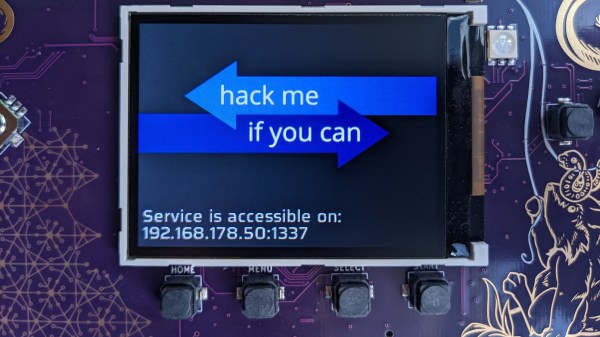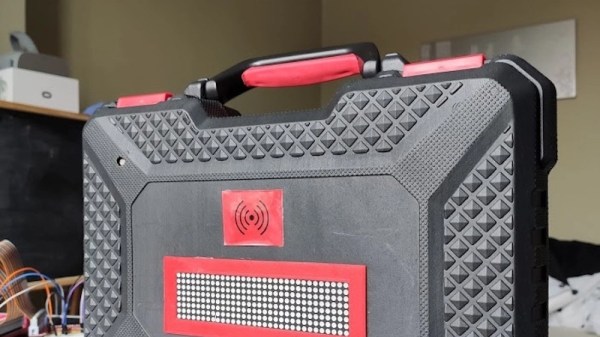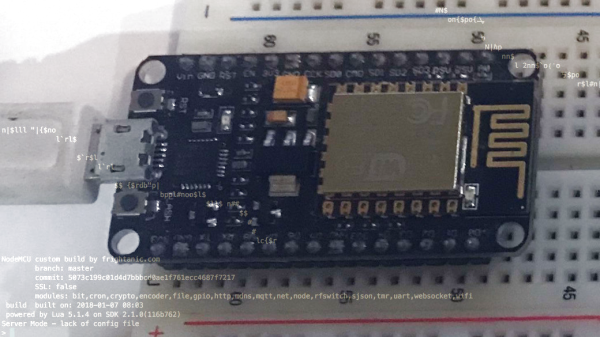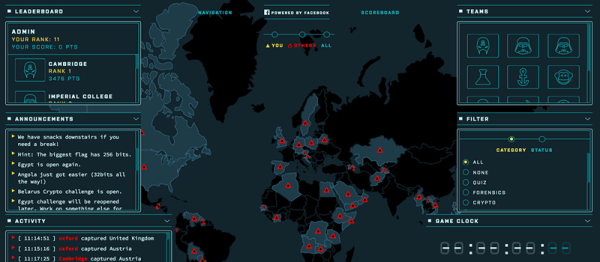Starting a hacker con is hardly what anyone would describe as easy — but arguably, the truly difficult part is keeping the momentum going into the second year and beyond. For the first year, you can get away with a few missed opportunities and glitches, but by the time you’ve got one event under your belt, you’ll have set the bar for what comes next. There’s pressure to grow, to make each year bigger and better than before. All the while, making sure you don’t go broke in the process. Putting on a single hacker con is an achievement in and of itself, but establishing a long-running hacker con is a feat that relatively few groups have managed to pull off.
 With this in mind, the incredible success of the second annual JawnCon is all the more impressive. The Philadelphia-area event not only met the expectations of a sophomore effort, but exceeded them in pretty much every quantifiable way. From doubling attendance to providing a unique and immersive experience with their electronic badge, the team seized every opportunity to build upon the already strong foundation laid last year. If this was the make-or-break moment for the Northeast’s newest hacker con, the future looks very bright indeed.
With this in mind, the incredible success of the second annual JawnCon is all the more impressive. The Philadelphia-area event not only met the expectations of a sophomore effort, but exceeded them in pretty much every quantifiable way. From doubling attendance to providing a unique and immersive experience with their electronic badge, the team seized every opportunity to build upon the already strong foundation laid last year. If this was the make-or-break moment for the Northeast’s newest hacker con, the future looks very bright indeed.
But before setting our sights on next year, let’s take a look at some of the highlights from JawnCon 0x1. While you can watch all of this year’s talks on YouTube, the aspect of a hacker on that can’t easily be recorded is the quality time spent with like-minded individuals. Unfortunately, there’s no way to encompass everything that happened during a two-day con into a single article. Instead, this following will cover a few of the things that stood out to me personally.
If you’d like to experience the rest of JawnCon, you’ll just have to make the trip out to Philly for 2025.
Continue reading “In Its Second Year, JawnCon Was Bigger And Better”


















